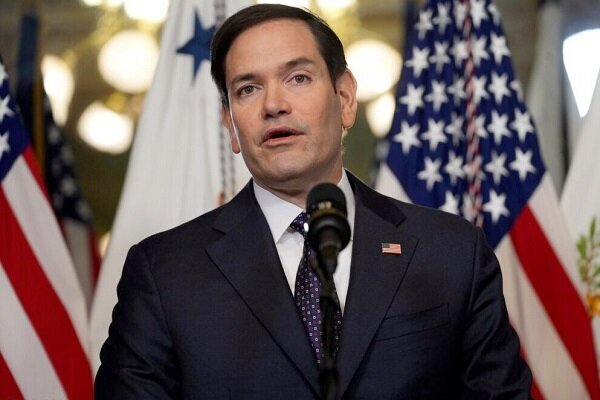Trump’s Bold Move: Tariffs on Mexico and Canada Spark Economic Showdown!
In a significant move impacting international trade, US President Donald Trump is poised to announce new tariffs on imports from Canada and Mexico, set to take effect on March 1. This decision, which has been anticipated by market analysts and trade experts, introduces a potential framework for these nations to request specific exemptions for certain products.
The situation regarding these tariffs remains dynamic, and no conclusive decisions have been finalized until Trump delivers an official statement. Sources familiar with the situation, who requested anonymity due to the sensitivity of the matter, have indicated that while there is no definitive tariff rate available, Trump has previously indicated his intention to impose a 25% tariff on imports from both Canada and Mexico.
In a separate update, an administration official revealed that Trump was actively reviewing the tariff plans on Friday. This review may lead to allowances for certain exemptions, though it is expected that any exemptions granted will be “few and far between.”
The announcement of these tariffs could potentially disrupt financial markets and complicate the US’s relations with its two leading trading partners. However, providing a 28-day window before the tariffs take effect, along with a mechanism for exemptions, may suggest a more measured strategy from the Trump administration.
Here are some key points to consider regarding the upcoming tariffs:
- Implementation Date: Tariffs are expected to start on March 1.
- Tariff Rate: Trump has mentioned a proposed rate of 25% for imports from Canada and Mexico.
- Exemptions Process: Countries will be able to seek specific exemptions, although these may be limited.
- Market Reactions: Financial markets may experience volatility following the announcement.
- Impact on Relations: The tariffs could strain diplomatic and trade relations with Canada and Mexico.
The financial implications of these tariffs could be far-reaching, affecting not only the economies of Canada and Mexico but also the broader US economy. The timing of the announcement is critical, as it may coincide with ongoing negotiations regarding trade agreements and economic policies.
As this situation unfolds, analysts will be closely monitoring the reactions from Canadian and Mexican officials, as well as the response from US businesses that rely on imports from these neighboring countries. It’s crucial for stakeholders to stay informed about the developments surrounding these tariffs, as they will likely influence market trends and economic forecasts in the coming weeks.
Trade experts emphasize the importance of understanding the implications of such tariffs. They note that while the intent might be to protect domestic industries, the broader effects could include increased prices for consumers and potential retaliatory measures from Canada and Mexico.
In summary, the upcoming announcement of tariffs by President Trump is a pivotal moment in US trade policy. As the situation continues to evolve, it is essential for businesses, consumers, and policymakers to remain vigilant. The potential for exemptions offers a glimmer of hope for a more balanced trade approach, but the overall impact of the tariffs will depend on how the administration navigates this complex issue.
As we await the official announcement, it is crucial to consider the broader context of international trade and economic relationships. The outcome of this situation will undoubtedly shape the landscape of US trade policy and its interactions with Canada and Mexico in the future.






